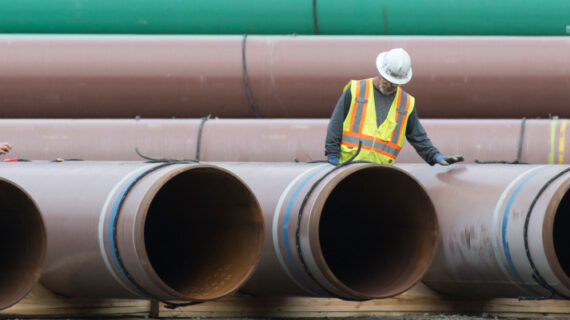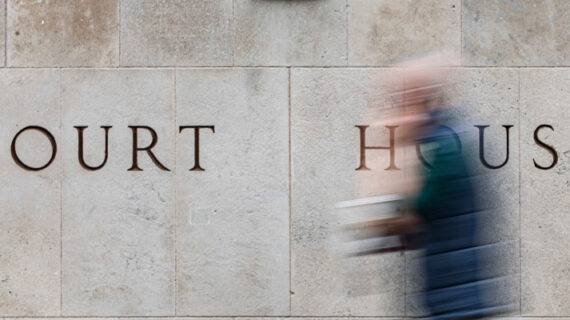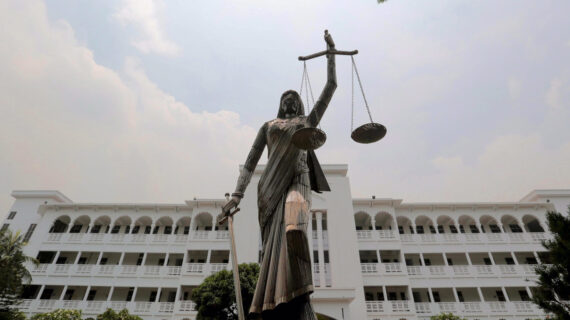- Since COVID-19, the federal government's budgets have cumulatively upwardly revised program spending projections in a major way.
- Between budgets 2021 and 2024, program spending projections for the three fiscal years, 2022-23 to 2024-25, were revised upwards by $142.8 billion cumulatively.
- “There is a very significant, measurable, empirical shift from a smaller government under both the Conservatives and the [previous] Liberals…to today,” says Ian Lee, professor of public administration at Carleton University.
Yesterday’s budget continues a Trudeau government forecasting tradition: its projected program expenses keep exceeding those of past budgets.
Since COVID-19, the federal government’s budgets have cumulatively upwardly revised program spending projections in a major way. Between budgets 2021 and 2024, program spending projections for the three fiscal years between 2022-23 and 2024-25 were consistently revised upwards by a cumulative amount of $142.8 billion.
This included an increase between budgets 2021 and 2022 for projected year 2025-26 by as much as $26.4 billion. In the three years between the 2021 and 2024 budgets, projected program spending for year 2025-26 rose by $69.6 billion.
Program expenses represent total government spending on programs and services. Federal program spending includes transfer payments to provinces for healthcare and social services, transfers to individuals and families, and other federal programs. It doesn’t include public debt charges.
Over the past near-decade, the Trudeau government has significantly increased program spending. This year for instance program expenses are projected to be $480.5 billion compared to $248.7 billion in the final year of the Harper government.
The Trudeau government’s program spending projections have consistently changed budget-over-budget in an upward direction. Take the current year, 2024-25, for instance. The 2021 budget projected program expenses would be $414.4 billion. The 2022 budget then revised the projection upwards to $439.2 billion. Last year’s budget adjusted it up to $463.3 billion. Yesterday’s budget put it at $480.5 billion. That amounts to a $66 billion increase (or 16 percent) within four budgets.
Each dotted line in the graph above represents the projected expenses across the Trudeau government's eight budgets. The solid line shows real program expenses reported in each annual budget. (The major spike is due to pandemic-related spending.) As each year’s budget projects higher program expenses than the previous budget, the dotted lines become progressively higher.
The trend described above for the current fiscal year is evident in other years as well. Take next year, 2025-26. Budget 2021 projected program spending to be $426.7 billion. Budget 2022 increased the projection to $453.1 billion. Budget 2023 revised it upward to $475.9 billion. Today, the latest budget now puts next year's program expenses at $496.3 billion. That amounts to a nearly $70 billion increase (or 16.3 percent) in the government's own projections for a single year.
“There is a very significant, measurable, empirical shift from a smaller government under both the Conservatives and the [previous] Liberals…to today,” says Ian Lee, professor in the Sprott School of Business at Carleton University, referring to the previous government of prime minister Stephen Harper and the Liberal governments of prime minister Jean Chrétien and Paul Martin lasting from 1993 to 2006.

David Gray, professor of economics at the University of Ottawa, gives the government some grace, partially attributing the sizable revisions to program expense projections to the post-pandemic transition and the cost of a growing population.
However, he says the Trudeau government should take a page from the Chrétien government's playbook. During Canada's fiscal recovery in the 1990s, that government would project almost too conservatively.
“It was almost the mirror image of what we’re seeing here,” said Gray. The result, he describes, was a perceived surplus and a more favourable trading environment for Canada.
Correction: The original version of this article stated that Ian Lee was a professor of public policy at Carleton University. He is in fact a professor at the university's Sprott School of Business.




